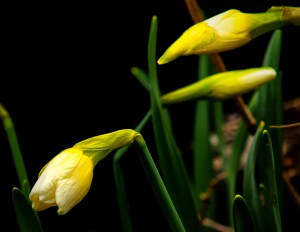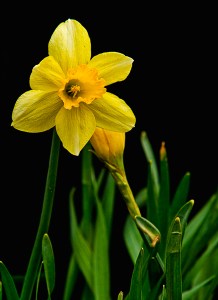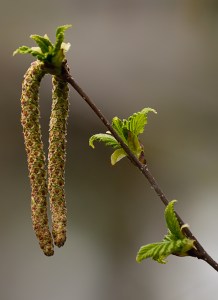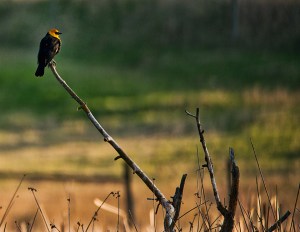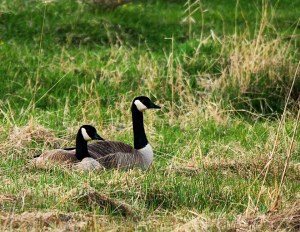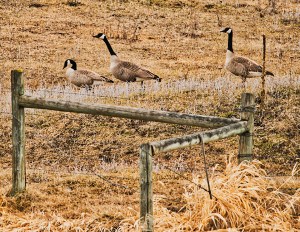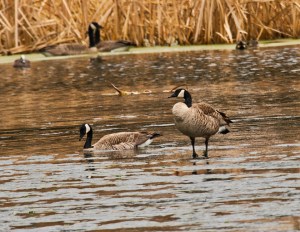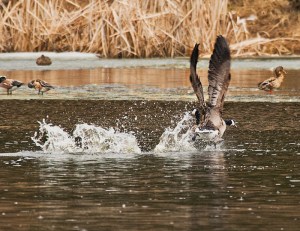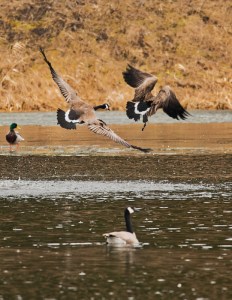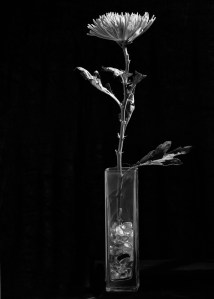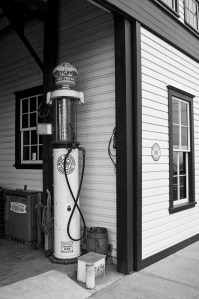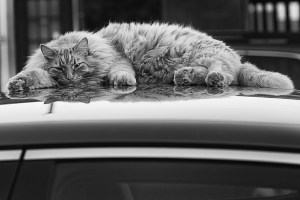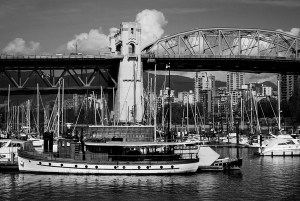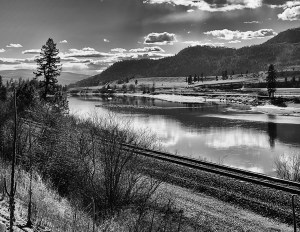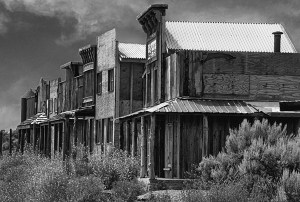I’ll begin this article with this quote by photographer Steve McCurry, “My life is shaped by the urgent need to wander and observe, and my camera is my passport.”
As I began to write this week’s article I thought about his words. I have been hoping to do some traveling this summer, but with the government in British Columbia still telling us not to take unnecessary trips I have been thinking I should just continue to wander nearby back roads.
Maybe it will be a summer that sees those of us with cameras to take a creative and appreciative look at what is out our front door.
This week Jo and I decided to venture a bit further than Pritchard and although we slowed to look for geese paddling in the pond we didn’t bother to get our cameras and continued on down the rural road looking for something new to photograph. Or at the least, something neither of us has photographed in a while.
Jo called me and said she had to make a quick trip to Kamloops and asked if I wanted to go. She suggested we could return home by one of the many back roads and could take the time to make some photos. Of course I wanted to go, I was doing yard work and any excuse to stop doing yard work is good for me. I don’t like mowing, trimming, digging, pulling or driving to the local dump with a loaded truck. I know all that stuff has to be done or my yard would just be a bushy forest with a mostly hidden house.
I had just enough time to pack my cameras in a bag when Jo drove up. I think she was already on the way when she called, she knows me pretty well. I put my 16-35mm lens on one camera and grabbed my Infrared camera that was mounted with 20-40mm.
I haven’t owned the 16-35 very long and am trying to decide if it should replace the 14-24mm I have. Yes, I am still struggling with that wide-angle lens. There are lots of opinions in online forums, but I have plenty of time to make that decision and short trips like the one with Jo would be perfect.
We made the stop Jo had in Kamloops then pulled through the drive-thru at the Dairy Queen. I am glad places like that have continued to stay open through this crisis and after we got a cotton-candy dipped cone for Jo and a milkshake for me I commented that there must be a lot more work for the staff with all the extra sanitizing they must do before and after each customer.
We left Kamloops turned off the highway and as with the trip we took a couple weeks ago to Kelowna, there weren’t too many cars so driving slowly and continually stopping to take pictures was easy.
Spring is always colourful and the day was sunny with lots of white clouds. It was excellent for photography of the country landscape we slowly drove through and it was exciting for IR photography and although I played some with that 16-35mm, most of the photos I made were with my IR camera with the 20-40mm.
Maybe this will be a summer of short excursions. My advice to all those readers that haven’t been beyond their front doors with a camera is; There is always something to photograph and there are a lot of rural roads that aren’t a long drive from home that are waiting to be explored and re-explored. I expect this year the spring will be wet here is BC and there will be lots of new growth and changing environments to point our cameras at. It is also fun to find a new and imaginative way to photograph things we have photographed before.
















